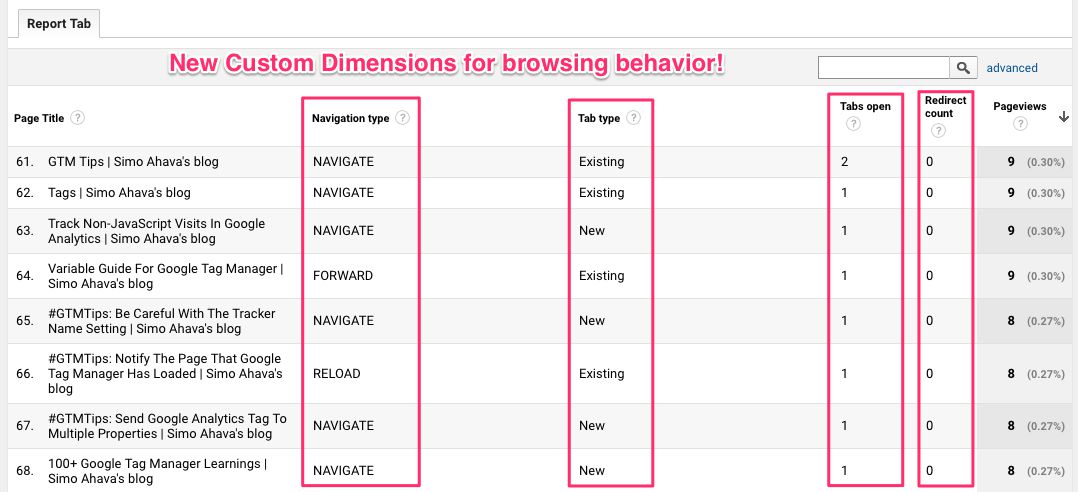Thanks to the intrepid detective work of Jørn Reidel and Ahmed Marof, it looks like one of the big hurdles for doing a full migration from using the legacy Google Analytics and Google Tag Manager SDKs to the latest Tag Manager + Firebase SDK is now a non-issue.
The issue is, of course, Product-scoped Custom Dimensions or more specifically the lack of support thereof. Until now, I’d been holding against recommending the migration to anyone with Enhanced Ecommerce tracking set up simply because the documentation didn’t mention the possibility of sending these custom definitions to Google Analytics.




